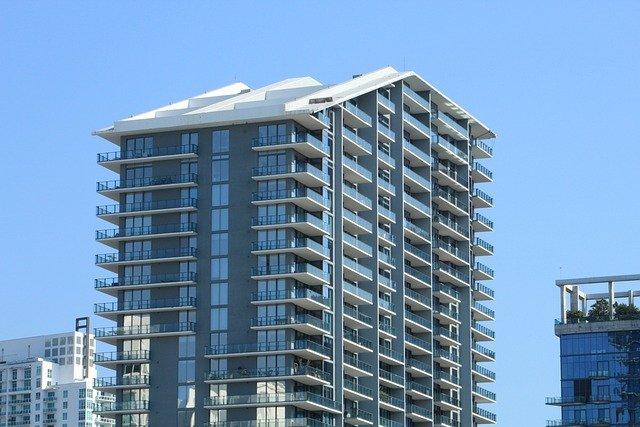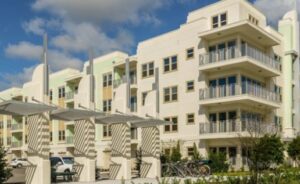EMA 40 Year Recertification Inspections. 40 Year Structural Inspections
Our Structural Forensic Engineers specialize in structural engineering, forensic engineering, 40 Year Recertification Inspections, 10 Year Structural Inspections, 30 Year structural Inspections, structural engineering assessments , building damage inspections and reports, Condo Milestone Inspections, Structural integrity reserve studies for condos in Palm beach & Fort Lauderdale, hurricane damage inspections and reports, roof damage assessments, threshold inspections, Infrared Inspections, structural defects assessments & inspections, buildings structural collapse inspections & assessments, Thermal imaging.
40 year recertification Inspections are required for all structures in the counties of Miami-Dade and Broward, including condo buildings. Talking about a 40 year inspection and recertification process for condos, its importance can’t be overstated, given that it involves the safety of hundreds of thousands of people. In fact, if data from the Community Association Institute is any suggestion, there are over 1.5 million condominium units across Florida. And among these condo units, 37 percent of them are situated in the two counties of Broward and Miami-Dade.
As such, you shouldn’t be surprised when we say that condo buildings are among the top priorities for structural engineer inspection and recertification. More so, in the aftermath of the tragic Surfside condo collapse, the overall safety of condominium buildings has been into focus. After all, the Champlain Towers South building was undergoing a 40 year structural inspection at the time of its collapse. Thus, the latest round of changes to the recertification scheme in Miami-Dade was much called for.
Now, if you are a member of your condominium board or association, the onus is on you to get a timely 40 year recertification inspections. Also, if your condo building is in Miami-Dade, you’ll need to comply with the new county rules calling for a 30 year recertification instead of 40.
And while this may sound like a task, we have compiled everything that you need to know for hassle-free condo recertification. So let’s dive right in and have a look.
40 year Structural Inspection buildings. Tamarac, Broward County

After the Surfside condo collapse, there had been strong demands to change the existing recertification inspection rules. And Miami-Dade county responded with a slew of changes to the 40 year structural inspection scheme, effective June 2022.
Among the key highlights of the changes in rules are a 25/40 year recertification inspection requirement for all structures, condo included.
That means you’ll have to get your condominium building thoroughly inspected and recertified in its 30th year. Further, recertification of your condo building will be carried out every ten years thereafter, and so the name 30/40 year recertification.
But there’s a catch with the new Miami-Dade county rules, something you should be aware of.
- If your condo was built anywhere between 1983 and 1986 and has 40 year recertification due before March 31, 2024, the new rules won’t apply to it. Meaning, the building needs to get a recertification certificate in its 40th year.
- If the condominium was constructed between 1983 and 1992 and is about to turn 30 before March 31, 2024, a recertification will be done as per the new rules.
In Miami-Dade and Broward counties, Florida mandates recertification inspections for buildings 40 years or older to ensure structural and electrical safety, with inspections conducted by licensed engineers and architects every 10 years. Here’s a breakdown of the 40 year recertification process:
- Buildings that are 40 years or older (and every 10 years thereafter) in Miami-Dade and Broward counties.
- Buildings that are 30 years or older and for all condominiums within 3 miles of the coastline that are 25 years or older.
- Exemptions: single-family homes, duplexes, and minor structures.
What does it involve?
- A comprehensive structural and electrical safety inspection.
- Inspection performed by a licensed Professional Engineer or Architect.
- Evaluation of the building’s overall condition, including structural integrity and electrical systems.
- Identification of any potential deficiencies or safety hazards.
- A detailed report outlining findings, recommendations, and any necessary repairs or modifications.
- Ensure buildings are safe for continued occupancy.
- Minimize the risk of building failures.
- Protect the lives of occupants and the public.
Why are these inspections necessary?
- To identify potential safety hazards and ensure buildings meet current safety standards.
- To address any potential problems that can arise from aging buildings.
- Owners will be given time to complete the necessary repairs or improvements.
- Failure to comply with the recertification requirements can result in penalties.

